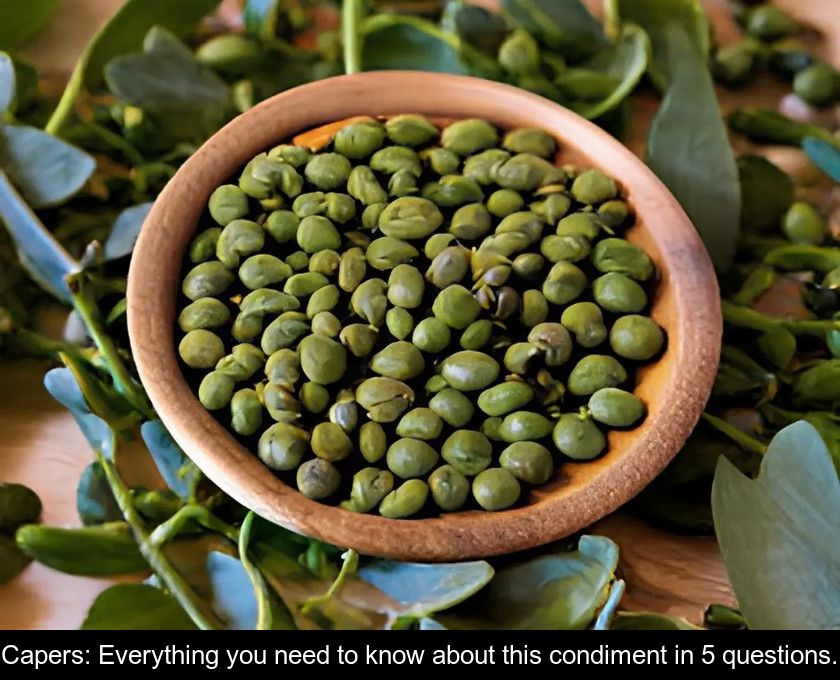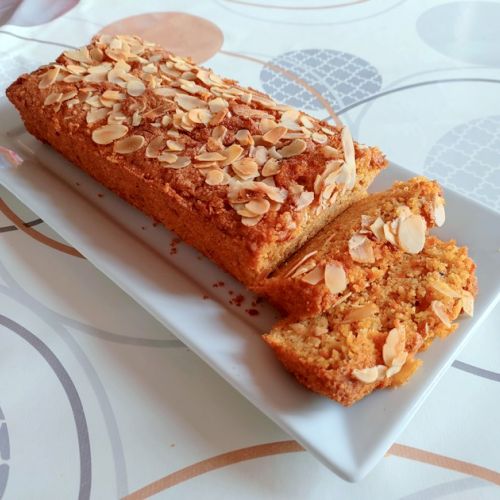Capers: Everything You Need To Know About This Condiment In 5 Questions.
Condiment used in Mediterranean cuisine since Antiquity, capers have a surprising appearance and taste. If you're wondering where these little balls with a tangy flavor come from, here's everything you need to know about capers in 5 questions.
"What are capers?"
Although they look like small balls the size of peppercorns, capers are not seeds but rather floral buds!
The plant that produces this condiment is the common caper bush or Capparis spinosa, a shrub that grows wild throughout the Mediterranean basin and can reach 50 cm in height.
The floral buds of this plant are harvested while still closed and then pickled in salt and vinegar to prepare capers. In commerce, these condiments are classified according to their size. Remember that the smallest ones are also the best!
Do not confuse capers, which are unopened floral buds of the plant, with caper berries, which are the fruit of the caper bush. These are two distinct parts of the plant, even if they are prepared and consumed in roughly the same way.
"What do capers taste like?"
Naturally, capers have a sour flavor and are too bitter to be eaten as they are. Just like black or green olives, they need to be prepared in brine before being consumed.
After being macerated in a vinegar brine, they have a salty and tangy taste. Therefore, they are used sparingly as a condiment to enhance certain sauces and dishes.
3- How to prepare homemade capers?
If you have a common caper plant in your garden, you can absolutely consider harvesting the flower buds and preparing homemade capers. The harvest takes place during the months of July and August.
To counterbalance their natural bitterness, the buds must first be drained in salt for 24 hours, then rinsed.
The next step in the recipe is to prepare a mixture composed of 3/4 water, one quarter vinegar and 10% salt and bring this vinegar brine to a boil.
All that remains is to put the flower buds in a jar with the brine and wait. The jars are stored at room temperature and then placed in the refrigerator after opening.
4- How to use capers in cooking?
With their tangy and fresh taste, capers pair perfectly with French specialties such as steak tartare and skate with black butter.
They are also used in the composition of sauces for fish or meat, such as beef tongue and grilled dishes.
Finally, they can be used to enhance and decorate fish dishes or composed salads such as potato salad or Greek pasta salad.
5- What are the nutritional benefits of capers?
Despite their small size, capers are nutrient powerhouses. They are rich in vitamins A, B, and C, minerals, and flavonoid antioxidants.
Low in calories, they provide only 54 calories per 100 g, but contain magnesium, calcium, and potassium.











